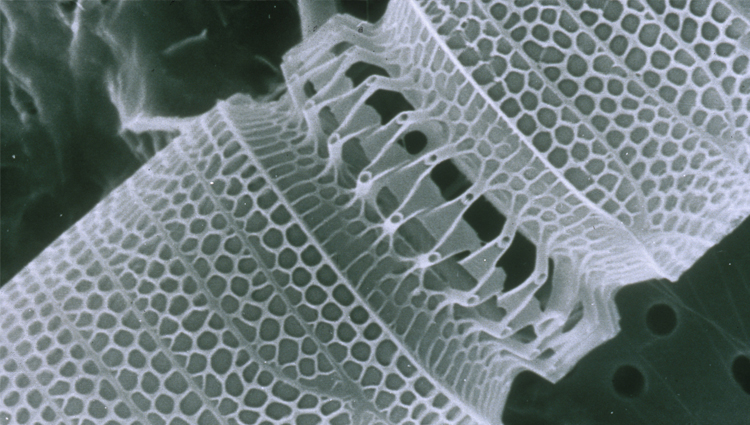Atom Thin Silicon Sheets

A nanotube
Image credits: CSIRO via Wikimedia Commons
(Inside Science) -- Graphene, single-atom-thick sheets of carbon atoms, is just about the hottest thing in nanotechnology.
Electrons are able to move through graphene very quickly and without losing much energy. This and the expected ability of engineers to fashion whole microcircuit -- the kind that fill our computers -- out of the material are what make graphene so fascinating. Transistors, the backbone of the electronics industry, can now be made from graphene.
Ever since graphene was discovered in 2004, scientists have wondered if carbon's cousin, silicon, could also exist in the form of atom-thin sheets. Silicon sits just beneath carbon in the periodic table of elements and has many of the same chemical properties.
Now, silicene ribbons have been prepared for the first time by physicists in France. The leaders of that effort, Hamid Oughaddou from Cergy-Pontoise University and Bernard Aufray of the French National Center for Scientific Research say that silicene ought to be able to do everything graphene can, with the extra advantage of already being compatible with existing silicon technology.

